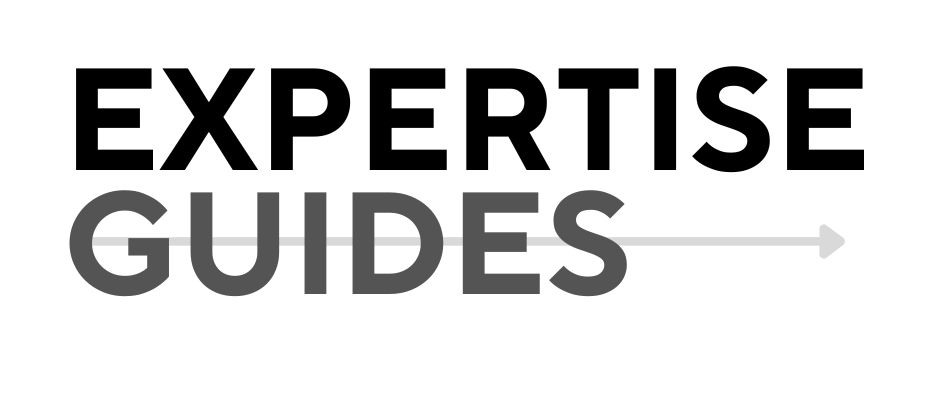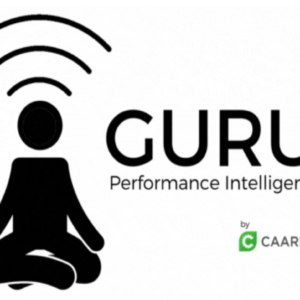Summary: Discover how integrating emotional intelligence with data analytics can revolutionize organizational transformation for sustainable success.
Information Type: Article with a Cheat Sheet
Revolutionizing Organizational Transformation: The Power of Emotionally Intelligent, Data-Driven Tools
In today’s fast-paced business environment, organizations are under constant pressure to adapt and transform. According to a 2022 report by McKinsey, over 70% of transformation initiatives fail due to cultural and leadership misalignments. As a Data-Driven Transformation Specialist, this statistic resonates deeply. How can we bridge the gap between data and human emotion to drive successful change?
I. Introduction: The New Paradigm of Organizational Change
The evolving landscape of business transformation demands more than just technological advancement. It requires a harmonious blend of emotional intelligence (EQ) and data analytics to foster meaningful change. By leveraging these two powerful forces, leaders can cultivate a transformative culture that aligns with strategic goals.
Imagine a world where data doesn’t compete with emotion but complements it. This unconventional approach sets the stage for a new era in organizational transformation—one where empathy and analytics coalesce to drive sustainable success.
II. The Data-Emotion Nexus: A Fresh Perspective on Cultural Alignment
Traditionally, data and emotion have been viewed as opposing forces. However, challenging this dichotomy reveals a potent synergy. By integrating data with emotional intelligence, leaders can gain a nuanced understanding of their organizational culture.
Data can illuminate patterns in emotional responses, helping leaders make informed decisions that resonate on a human level. Consider a leading tech firm that combined EQ assessments with data analytics to uncover latent team dynamics, resulting in enhanced collaboration and innovation.
III. Unlocking Measurable Success Through Role Alignment
Misaligned roles are a silent disruptor of organizational performance. They breed inefficiency and frustration among teams. By using data analytics to identify these misalignments, leaders can realign roles to better match individual strengths and organizational needs.
This realignment creates a ripple effect, enhancing not only individual performance but also driving cultural transformation. The data-driven insights offer a roadmap for strategic realignment, fostering a culture of engagement and purpose.
IV. The Transformative Power of Emotionally Intelligent Tools
Emerging tools that blend EQ with data analysis are transforming how organizations address emotional needs. These tools provide leaders with actionable insights, enabling them to nurture an emotionally intelligent workforce.
For example, a global consulting firm implemented a tool that analyzed employee sentiment data to tailor leadership development programs, resulting in increased employee satisfaction and retention. Such success stories highlight the practical applications of emotionally intelligent tools in fostering growth and resilience.
V. Conclusion: Embracing the Future of Organizational Transformation
As we’ve explored, the integration of emotional intelligence with data analytics offers a powerful framework for organizational transformation. By harnessing these insights, leaders can overcome uncertainty, resolve frustrations, and channel ambition into tangible results.
Organizations ready to embrace this innovative approach will position themselves at the forefront of cultural transformation. The future belongs to data-driven, emotionally intelligent leaders who dare to think differently.
Downloadable Content Format: Cheat Sheet
Title: “The Data-Driven EQ Toolkit: Quick Reference for Transformative Leaders”
This cheat sheet serves as a quick-reference guide for leaders aiming to implement the strategies discussed. It includes:
- Key metrics for measuring organizational alignment
- EQ indicators and their data counterparts
- Common role misalignment red flags
- Top 5 emotionally intelligent, data-driven tools for transformation
- Quick tips for integrating EQ into data analysis
- Checklist for assessing organizational readiness for transformation
Engage with Us: If you’re inspired by this new paradigm, follow me, share your thoughts in the comments, or share this article with your network for greater impact.


